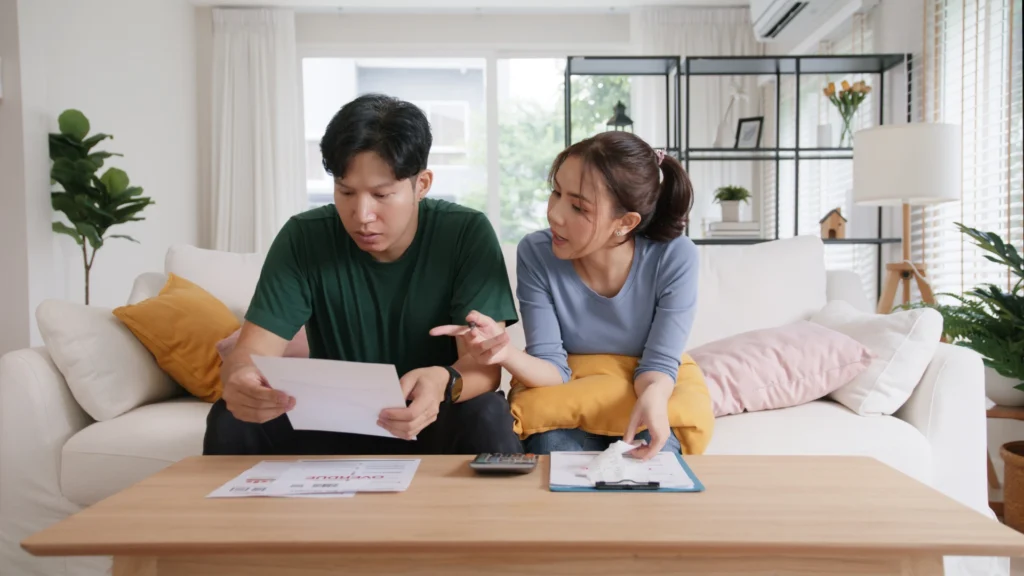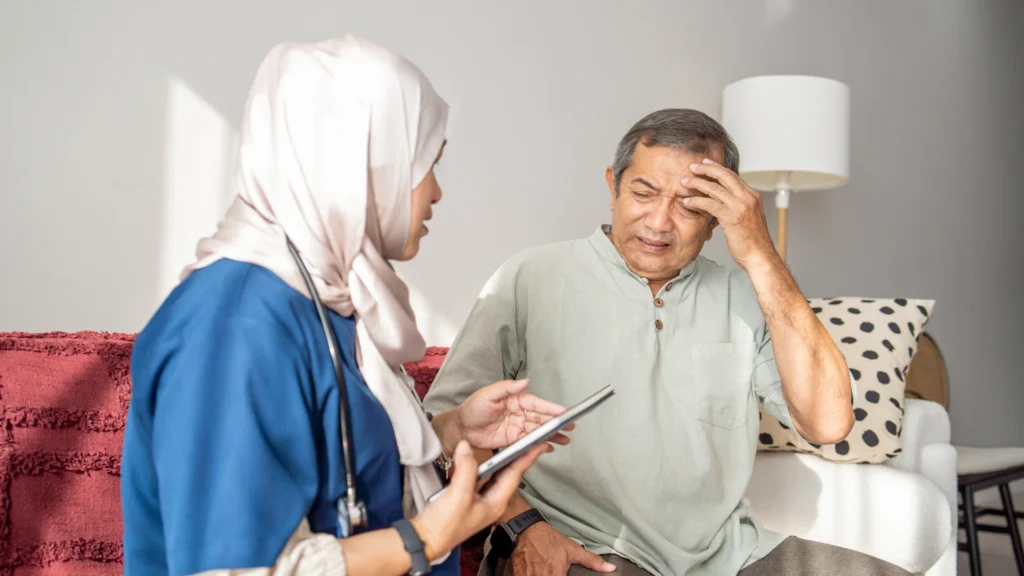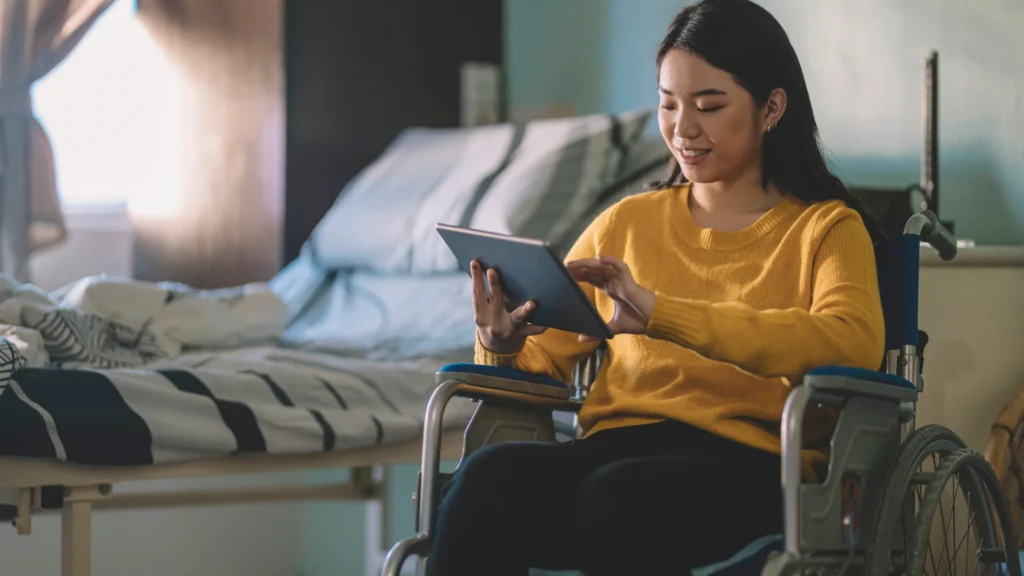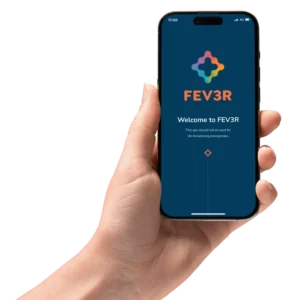
The cost of living in Malaysia is climbing. Groceries cost more. Rent is rising. Even a simple meal out doesn’t feel so simple anymore. For many families, it’s not just about stretching the ringgit—it’s about making tough choices between daily needs and healthcare.
But what if you didn’t have to sacrifice your health to stay on budget?
Thanks to telehealth services like FEV3R, there’s now a smarter, more affordable way to get the medical care you need—without the hefty clinic bills or long travel times. In a time of cost of living increases and inflation, understanding how digital healthcare works could be the lifeline many Malaysians are looking for.
Let’s explore how telemedicine is making affordable healthcare a reality and how it could help your family stay healthy—without breaking the bank.
How Inflation Is Changing the Way Malaysians Approach Healthcare
As inflation in Malaysia continues to push prices up across the board, many are rethinking their everyday expenses. Health, unfortunately, often gets pushed down the priority list.
Here’s what’s happening on the ground:
- A mother delays taking her child to the clinic for a fever, worried about consultation costs.
- A university student skips seeing a doctor for a persistent cough, opting for self-medication.
- A retiree living in a small town avoids the 30-minute drive (and fuel cost) to the nearest clinic unless it’s an emergency.
These are real choices people are making because expensive healthcare feels out of reach—especially without employer coverage.
But ignoring symptoms, delaying treatment, or self-diagnosing with Dr. Google can be dangerous. That’s where telehealth comes in as an accessible and cost-effective alternative.
- A mother delays taking her child to the clinic for a fever, worried about consultation costs.
The True Cost of Seeing a Doctor the “Traditional” Way
Let’s break down the hidden costs of a physical clinic visit:
- Consultation fees at private clinics can range from RM60–RM120 or more.
- Travel costs, especially with petrol prices up, can add RM10–RM30 depending on distance.
- Time off work or productivity lost waiting for hours in a queue.
- Parking and toll charges, especially in urban areas.
- Medication markups at in-clinic pharmacies.
When added up, a simple visit for a sore throat could easily cost RM100–RM200.
In a time when even your regular grocery bill feels overwhelming, spending this amount just to see a doctor is something many Malaysians are struggling with.
Enter Telehealth: Affordable Healthcare in Your Pocket
This is where FEV3R, a telemedicine app designed for Malaysians, steps in.
For just RM24 per consultation, users can:
- Speak to a licensed doctor online via chat or call
- Receive medical advice, prescriptions, and even MCs
- Get help without stepping outside the house
- Save on travel, parking, and time off work
It’s affordable healthcare designed to match the current economic climate.
For parents with young children, gig workers, students, or retirees—FEV3R offers a simple solution that saves both time and money. And the best part? The care is real, trusted, and just as professional as walking into a clinic.

Why Telehealth Makes Sense During a Cost of Living Crisis
When the cost of living in Malaysia rises, healthcare should not become a luxury. Here’s how FEV3R and other telehealth solutions are helping Malaysians cope:
1. Flat, Transparent Pricing
RM24 means RM24. No surprise bills, no added charges for basic advice. It allows families to budget confidently and seek help early—before things get worse and more expensive.
2. No Travel Needed
Skip the fuel, tolls, and Grab rides. Teleconsultations happen right on your phone. Whether you live in Kuala Lumpur or Kedah, access is the same.
3. Time-Saving
No more taking a half-day off work to visit a doctor. Most FEV3R consultations happen within minutes. Less time waiting = less productivity lost.
4. Reduced Childcare Costs
Parents no longer have to bring the whole family along just to see a doctor—or pay someone to watch the kids while they go.
5. Early Intervention
When it’s affordable to see a doctor, people do it earlier. This prevents minor issues from becoming major (and expensive) problems later on.
Common Use Cases for Telehealth in Malaysia
Telemedicine platforms like FEV3R are especially helpful in everyday situations that many Malaysians face. Here are some common examples where telehealth offers a more convenient, budget-friendly solution:
Sick Child at Night
Parents often struggle when their child falls ill outside of regular clinic hours. Telehealth allows them to get medical advice from certified doctors at any time, avoiding late-night panic or costly ER visits.
No Transport or Clinic Nearby
For Malaysians in semi-urban or rural areas where clinics may be far away, teleconsultation means getting treatment without needing to arrange for a ride, pay for petrol, or lose a whole morning travelling.
Busy Working Professionals
Those with packed schedules can check in with a doctor during lunch breaks or after hours without needing to take time off work. This is especially useful for minor ailments or follow-ups that don’t require a physical exam.
Students on a Tight Budget
With student budgets under pressure from rising costs, affordable online consultations help young adults get professional advice for common issues like flu, stress, or digestion problems—without skipping care due to cost.
Elderly Patients Managing Chronic Conditions
For older Malaysians managing conditions like high blood pressure or diabetes, telehealth allows them to maintain consistent check-ins with healthcare providers without frequent clinic visits or waiting in long queues.
Telehealth Isn’t Just for Emergencies
A common misconception is that telemedicine is only for coughs, fevers, or COVID-era issues. But FEV3R covers a wide range of everyday health concerns:
- Women’s health
- Men’s health
- Mental wellness check-ins
- Skin issues
- Digestive problems
- General health queries
By offering early, affordable access to care, FEV3R helps prevent conditions from escalating—especially for those managing chronic illnesses.
In the long run, this proactive care reduces the overall cost of managing health, making it a practical solution for the Malaysia cost of living challenge.

FEV3R: Designed to Help Malaysians Save
While there are several telemedicine apps in the market, FEV3R stands out for its hyper-local, user-first approach.
Here’s why it fits well in times of inflation in Malaysia:
- Local doctors who understand Malaysian health habits
- Consultations in Bahasa Malaysia and English
- Affordable flat-rate pricing, no hidden fees
- E-MC and prescription support
- Ideal for families, students, and remote workers
When even basic living expenses are rising, it’s comforting to know there’s at least one area where you can cut costs—without cutting corners.
Challenges Still Exist—But They’re Shrinking
Of course, telehealth isn’t perfect for every situation. If you need a physical exam, lab test, or procedure, a clinic visit may still be necessary. Also, older generations may be less familiar with apps and tech.
But adoption is growing. More Malaysians, across all age groups and income levels, are open to using apps like FEV3R—especially when they realise how much they can save in the long run.
With better digital literacy and continued public awareness, affordable healthcare through telemedicine can become the new normal.
Start Saving on Healthcare Today
If the cost of living in Malaysia is stressing you out, don’t let healthcare be part of the problem. Make it part of the solution.
Apps like FEV3R offer more than just convenience. They give you control over your health and finances, helping you make smarter choices without sacrificing quality care.
It’s time to rethink how we approach medical treatment in Malaysia. You don’t need to wait in traffic, spend hundreds, or skip care altogether. Now, help is just a few taps away.
Download FEV3R today and start saving on every doctor visit. Your health matters—your savings do too.






